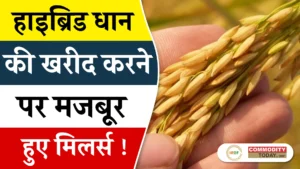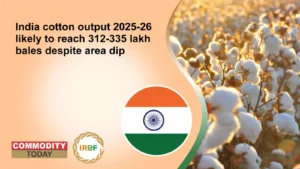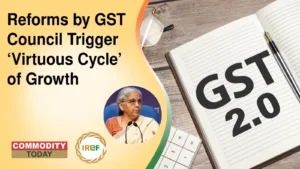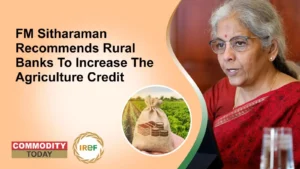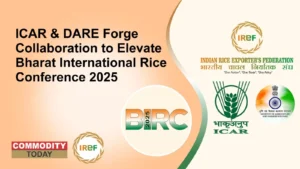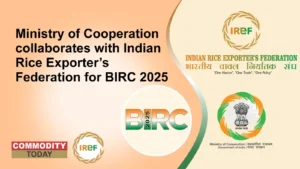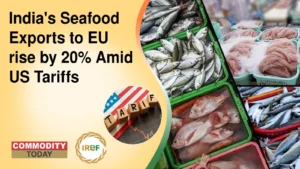A former Professor Emerita of Social Anthropology at the University of Edinburgh named Francesca Bray has stated that Rice fueled India and China’s wealth, while defining the history of rice and its workers in research.
Interestingly, her research focuses on the history of agriculture in China, which later emerged into an interest in agrarian networks and social systems, but she was especially interested in Rice and gender linked to crop cultivation.
Undoubtedly, wheat and corn are global commodities, but rice is also a significant export and import commodity among global nations in substantial amounts that are usually consumed in their home economies. Although most rice produced is consumed within the societies that grow it. Surprisingly, Fields of rice are still smaller than those of commercial maize, wheat, or soybeans because rice has resisted the large-scale industrial monoculture model. Rice promotes greater crop and occupation expansion, including small farmers.
According to her, Rice was a significant factor in the wealth of Indian and Chinese economies, and the social organisation of businesses around it contributed to expanding capitalism.
Rice played a crucial role in the rise and expansion of colonialism and the advent of a global industrial economy during the colonial era, since it has become a cheap staple food for poor workforces around the world. Rice was turned into the chief provision of the slave trade between West Africa and America around 1700. Later, it became the primary source of colonial labour in the tropical region. African skills were used in the 18th century on rice farms in South Carolina and Brazil to cultivate the crop for export to Europe and the Caribbean.
British, French, and Dutch forces established export-based rice zones in Indochina and Indonesia during the 19th century as they grew their colonies in Asia, driving the American rice industry out of the market.
Furthermore, she said that China and Japan were quite similar in various contexts, but the gender coding of rice cultivation was not the same. Gender coding was common in China, where women were expected to weave cloth in the home and men to work in the fields cultivating grain. This perspective, before the ultimate transformation to monetary payment and dates back to China’s early imperial era. In Chinese political economy and notions of identity, gender, and morality, the idea that women should stay at home and men should work in the fields prevailed. Considering that many rice regions in China produced textiles, which first started with women making the textiles, it seemed to fit the situation in China. However, as the economy became more commercialised, a growing number of men joined the textile business, which started to spread to workshops outside the home. Women were labouring in the rice fields in many areas at the same time, but their labour was sometimes disregarded from history books since it wasn’t considered to be “appropriate” or “ideal” for women.
Read Latest News
- Punjab hybrid paddy buying 2025: Why rice shellers are reversing stance despite previous protests
- India cotton output 2025-26 likely to reach 312-335 lakh bales despite area dip
- Reforms by GST Council Trigger ‘Virtuous Cycle’ of Growth
- Stubble Burning Incidents Decline 68% Across North India
- Centre Pushes for Quick Rollout of Schemes to Boost Pulses Production
- FM Sitharaman Recommends Rural Banks To Increase The Agriculture Credit
- Trump’s 50% Tariff Hits Exports Of Textiles, Leather Goods, And Gems & Jewellery
- ICAR & DARE Forge Collaboration to Elevate Bharat International Rice Conference 2025
- Ministry of Cooperation collaborates with Indian Rice Exporter’s Federation for BIRC 2025
- India’s Seafood Exports to EU rise by 20% Amid US Tariffs




